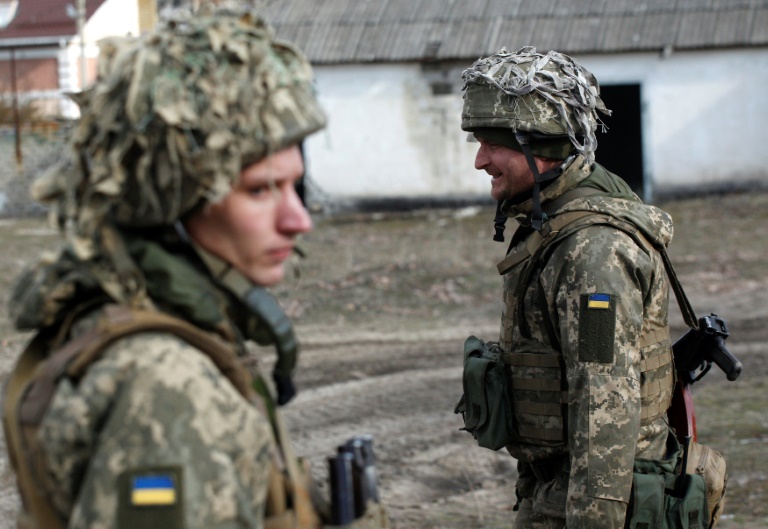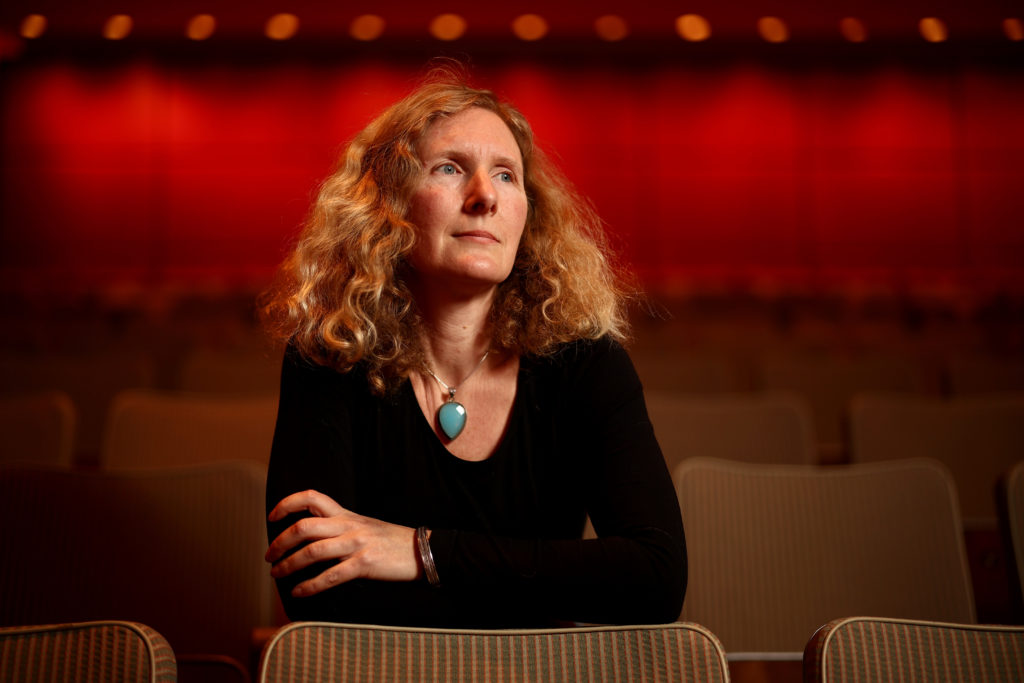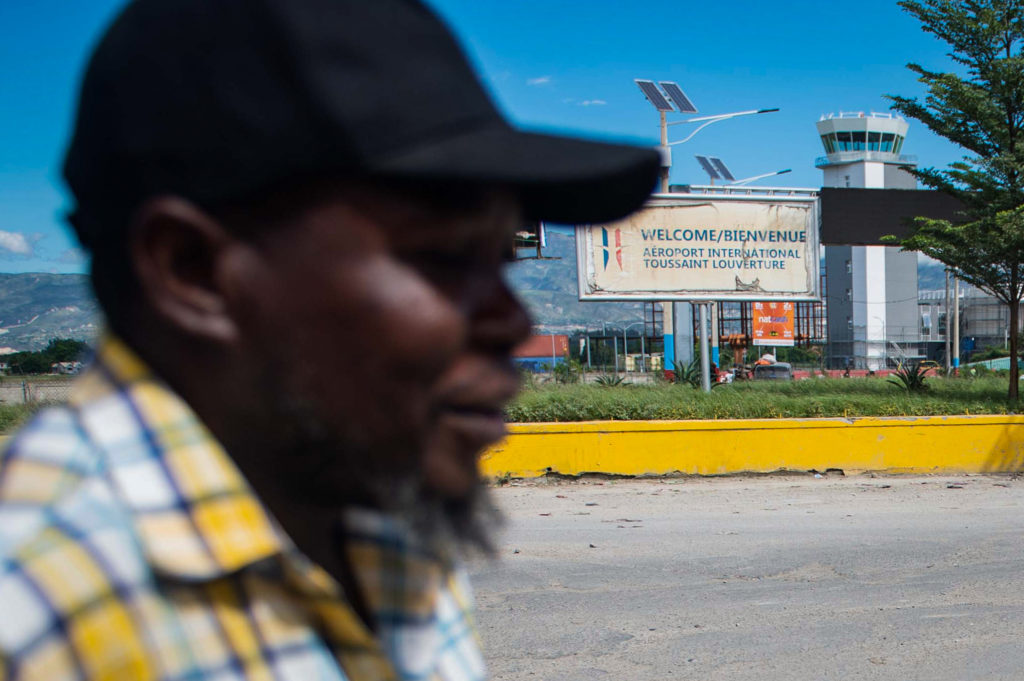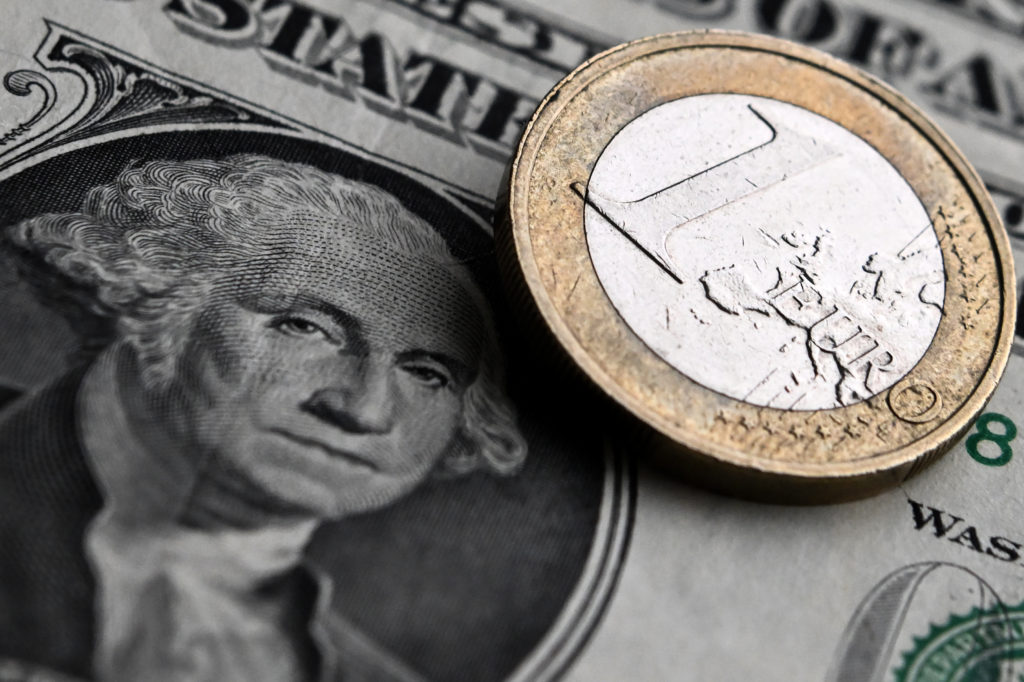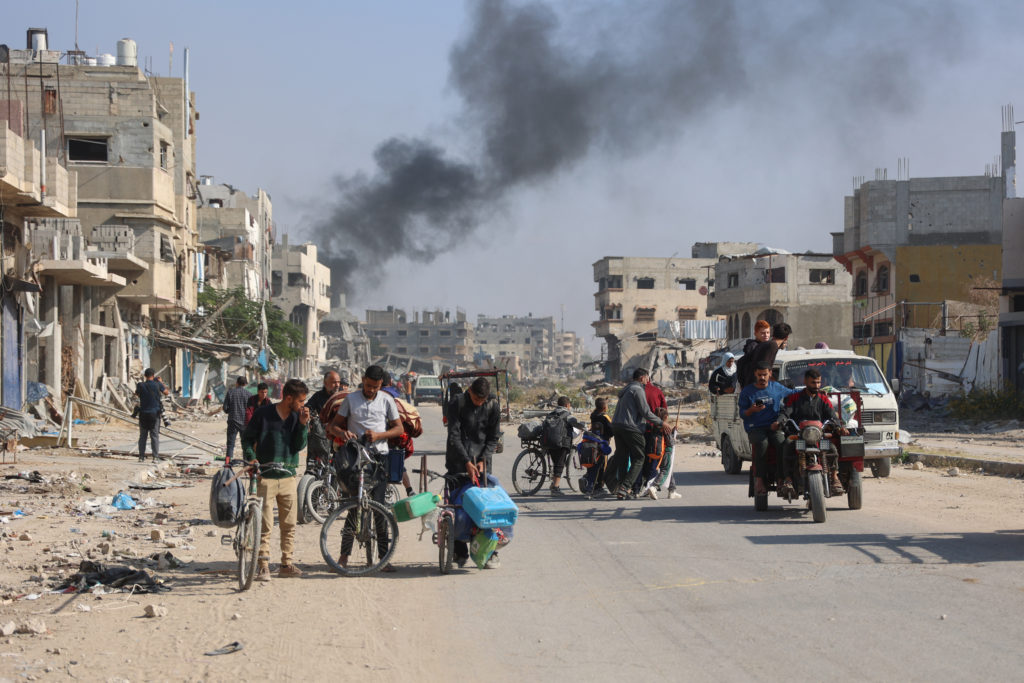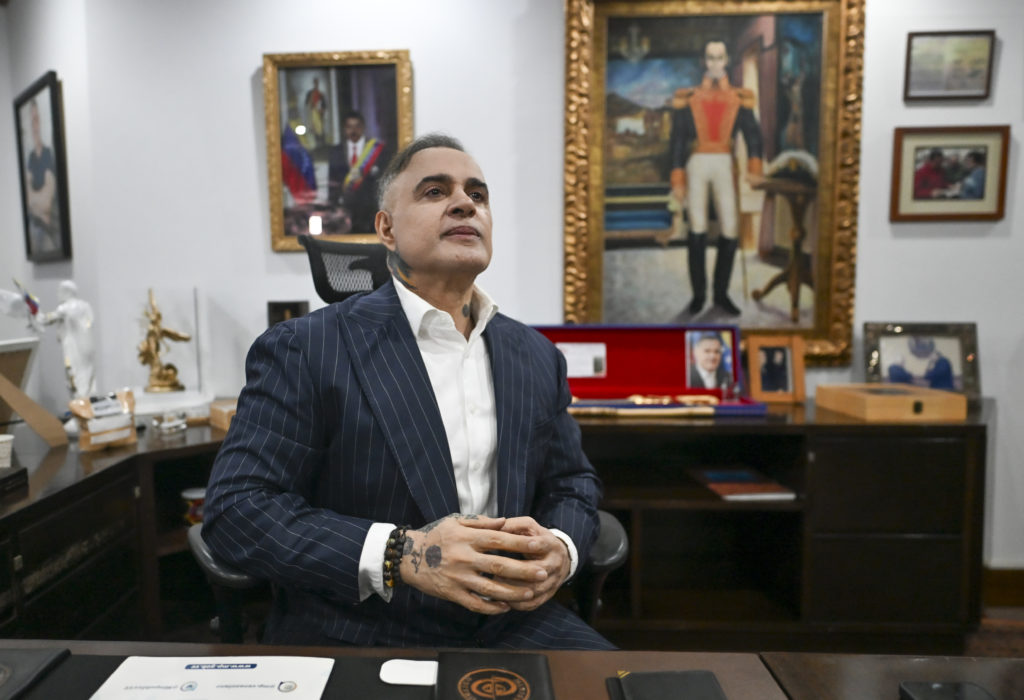Ukraine mobilised reservists and Russia evacuated its Kyiv embassy on Wednesday, as eastern Europe slid ever closer towards a potentially catastrophic conflict.
Kremlin chief President Vladimir Putin has defied a barrage of international sanctions to put his forces on stand-by to occupy and defend two rebel-held areas of eastern Ukraine.
In response, Kyiv’s President Volodymyr Zelensky has put Ukraine’s more than 200,000 reservists on notice that they will receive summons to return to their units.
Western diplomatic efforts to halt the march to war have so far proved fruitless, but European Union leaders announced one more last ditch summit in Brussels on Thursday to address the crisis.
United Nations Secretary-General Antonio Guterres warned the body that “our world is facing a moment of peril” and that “the world could see a scale and severity of need unseen for many years”.
The US ambassador to the United Nations, Linda Thomas-Greenfield, warned that an all-out Russian invasion could displace five million people, triggering a new European refugee crisis.
Ukraine also urged its approximately three million citizens living in Russia to leave and MPs prepared to vote on a state of emergency, allowing security forces and regional governments to step-up controls like ID checks and roadblocks.
“We are united in believing that the future of European security is being decided right now, here in our home, in Ukraine,” Zelensky said during a joint media appearance with the visiting leaders of Poland and Lithuania.
“Ukraine needs security guarantees. Clear, specific, and immediate,” Zelensky said, adding: “I believe that Russia must be among those countries giving clear security guarantees.”
Western capitals say Russia has amassed 150,000 troops in combat formations on Ukraine’s borders with Russia, Belarus and Russian-occupied Crimea and on warships in the Black Sea.
Ukraine has around 200,000 military personnel and Wednesday’s call up could see up to 250,000 reservists aged between 18 and 60 receive their mobilisation papers.
Moscow’s total forces are much larger — around a million active-duty personnel — and have been modernised and re-armed in recent years.
– High cost of war –
But Ukraine has received advanced anti-tank weapons and some drones from NATO members. More have been promised as the allies try to deter a Russian attack or at least make it costly.
Shelling has intensified in recent days between Ukrainian forces and Russia-backed separatists — a Ukrainian soldier was killed on Wednesday, the sixth in four days — and civilians living near the front are fearful.
Dmitry Maksimenko, a 27-year-old coal miner from government-held Krasnogorivka, told AFP that he was shocked when his wife came to tell him that Putin had recognised two Russian-backed separatist enclaves.
“She said: ‘Have you heard the news?’. How could I have known? There’s no electricity, never mind internet. I don’t know what is going to happen next, but to be honest, I’m afraid,” he said.
In a Russian village around 50 kilometres (30 miles) from the border, AFP reporters saw military equipment including rocket launchers, howitzers and fuel tanks mounted on trains stretching for hundreds of metres.
Washington and Britain say Russia’s force is poised to strike Ukraine and trigger the most serious war in Europe for decades, but Putin says he is open to negotiation — within limits.
Russia has demanded that Ukraine be forbidden from ever joining the NATO alliance and that US troops pull out from Eastern Europe.
“The interests of Russia, the security of our citizens, are non-negotiable for us,” Putin declared, in a video address to mark the Defender of the Fatherland Day, a public holiday.
On Tuesday, the Federation Council, Russia’s upper house, gave him unanimous approval to deploy troops to two breakaway Ukrainian regions now recognised by Moscow as independent, Donetsk and Lugansk.
Russia said it had established diplomatic relations “at the level of embassies” with the separatist statelets, which broke away from Kyiv in 2014 in a conflict that has cost more than 14,000 lives.
Moscow also said it would evacuate diplomatic personnel from Ukraine to “protect their lives”.
The Russian flag was lowered over the embassy building in Kyiv Wednesday, witnesses said. An AFP reporter saw several families leaving the embassy with suitcases.
Speaking to journalists, Putin on Tuesday set out a number of stringent conditions if the West wanted to de-escalate the crisis, saying Ukraine should drop its NATO ambition and become neutral.
US President Joe Biden later announced tough new sanctions targeting financial institutions and Russia’s “elites” for “beginning” an invasion of Ukraine, but said there was still time to avoid war.
The Russian foreign ministry on Wednesday said it was preparing a “strong response” to Biden.
It said this would be “well-calibrated and sensitive for the American side”.
Australia, Britain, Japan and the European Union have all also announced sanctions.
Germany has said it is halting certification of the Nord Stream 2 gas pipeline from Russia.
– ‘Full-scale invasion’ –
Kremlin officials have responded scornfully to the sanctions, and observers point out that energy-rich Russia has huge reserves of $639 billion and an $182-billion sovereign wealth fund to see it through a crisis.
The White House signalled it no longer believes Russia is serious about avoiding conflict, with Secretary of State Antony Blinken cancelling a meeting with Russian Foreign Minister Sergei Lavrov scheduled for Thursday.
Speaking to reporters on Tuesday, Putin said Moscow had recognised the independence of Ukraine’s separatist regions within their administrative borders, including territory still controlled by Kyiv — raising the spectre of a clash.
burs-dc/gw

